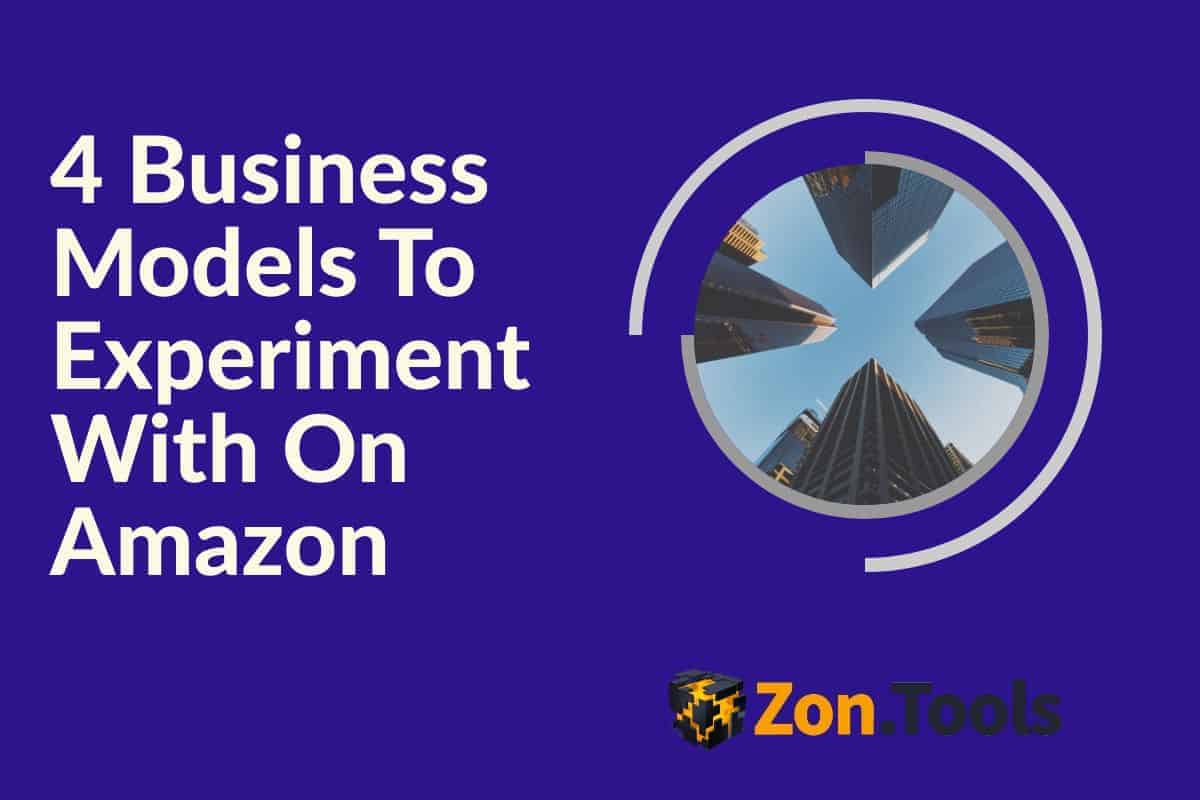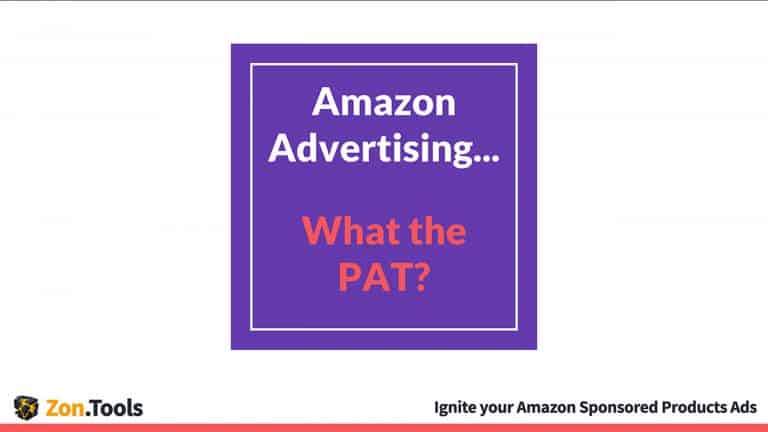What makes Amazon such a strong marketplace for sellers? Well, many things. Its sheer dominance makes it hard to ignore, and then there’s its superb fulfillment — but flexibility is near the top of the list. Because it’s so dominant and integrates with so many other services and platforms, an Amazon merchant can try various options to see what works best for them.
Maybe you’re in that position, and you’re looking to change things up, or perhaps you’re simply planning to sell on Amazon and curious about how you might approach it.
Either way, this post is for you. We’re going to look at four business models that are worth trying on Amazon, and provide some information to help you decide what to choose. Let’s get started.
Check Below These Potential Business Models
Dropshipping
Certainly, the easiest way to sell online, dropshipping is also the cheapest form of ecommerce. That makes it perfect for merchants who don’t have the time or resources to sell normally. Here’s how it works: you choose products from a dropshipping supplier, add on profit margins, list them on your Amazon store, then sit back as the orders get passed to the supplier.
You don’t need to do any shipping, manufacturing, or quality control. All you need to do is choose products you think can be profitable and offer basic customer support when things go wrong. If you work a regular job, you can fit a substantial dropshipping business into your spare time, making it the perfect side hustle.
Why mightn’t you try dropshipping? There are some reasons. It’s hard to make significant profits since you start with set supplier prices. You can only offer generic products that all other sellers have access to. You can end up being blamed for a faulty product when you didn’t create it.
On the whole, though, it’s a fantastic business model for your first Amazon store. Find a small budget, put most of it towards optimizing your PPC ads, and see how far you can get.
Manufacturing
If you happen to have access to manufacturing facilities (or you have simple products you can make from home — items like masks are doing big business at the moment), then you can simply make your own products and sell them through Amazon. This is fantastic for profitability since you only need to account for the Amazon costs: beyond that, all the profit is yours.
And since you’ll be selling unique products, you’ll be able to set the pricing however you like without needing to obsess over how it compares to that of other sellers. If you see a lot of demand for a product, you can make it extremely profitable.
It isn’t the best option for starters, though. Not only is it hard to get access to manufacturing facilities (or have the expertise and materials to create products), but it’s also hard to deal with the additional customer service issues. When there’s a fault with a product, it’ll be entirely your responsibility to repair or replace it. Still, it could be worth a try.
Private labeling
What if you could try something halfway between dropshipping and manufacturing? That’s essentially what private labeling brings to the table. You find products that are already available, pass them to manufacturers to make some basic changes (adding your branding, adjusting designs, etc.), then sell them as your own products.
The pros are reasonably clear. You don’t need to do the manufacturing yourself, yet you still benefit from having products that are unique to your brand (even if the unique elements are somewhat threadbare). This can help you sell with higher profit margins. It’s particularly great for grocery stores: throughout Europe, the private label market share is over 30%.
There are negatives, though. It’s tough to convince people to choose branded versions of generic products when they’re more expensive (and they have to be). You need to ensure that your unique additions make your private label products more appealing — and work on your brand, so people would want their products with your branding.
Liquidation
COVID-19 continues to hit businesses hard, and there are plenty of stores — both offline and online — that is going into liquidation. And while this isn’t something to be celebrated, you can find a positive by buying up what’s left of their stock. They need to offload all their assets in a timely fashion, which means that the leftover items will be extremely cheap.
What are the pros of this? You can get some great items at meager prices: you won’t need to fight to get bargains since the sellers will be eager to sell at lower costs. It’s also effortless from a creative standpoint since you don’t need to think much about product types. You just gather up what’s available, then think about how you’ll repackage it.
The drawbacks are substantial, of course. It’s hard to predict what will be available, making it hard to build a strong brand identity. You can run out of stock and have nothing to offer. You can invest in a stock that you think will sell, only to see consumer demand change and leave you struggling to offload it (even contemplating selling it off in the same way you bought it).
Each of these business models can work really well through the Amazon marketplace, but they have very different strengths and weaknesses. If you’re just starting out, I suggest experimenting with dropshipping: if it doesn’t work out, you won’t lose much. As you learn more about product types, you can branch out. Good luck!








